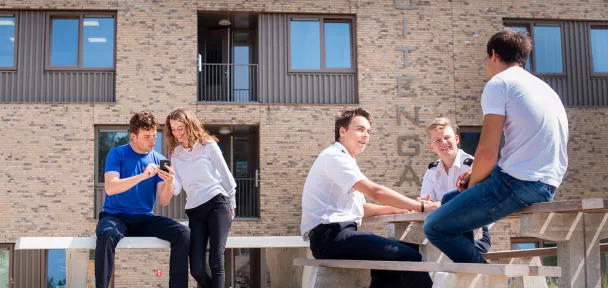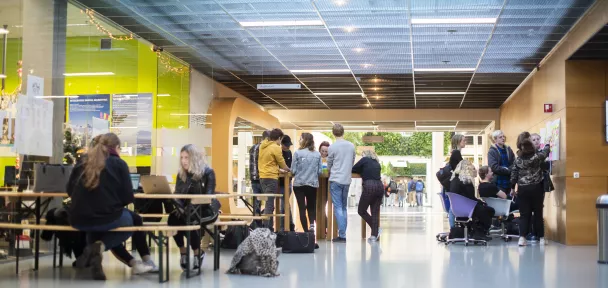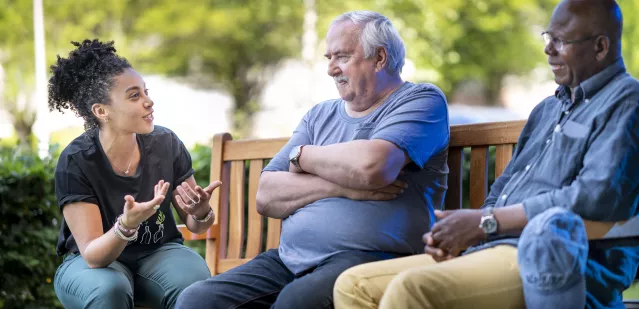
Maintaining autonomy and identity
Job explains that care for people with early dementia often involves making major decisions. “For instance, someone’s driving licence may be revoked. Or maybe it is decided that someone can no longer use their kitchen. The person may quickly feel that decisions are being made for them and not with them. With NATALIE our aim is to actually maintain identity and find a balance when it comes to autonomy. One of the design processes in NATALIE is REMEMBRANCE. It’s used to find a balance in autonomy by highlighting valuable memories from the perspective of both the elderly person and their carer. We approach it using a method called Research Through Design in which we create prototypes based on so-called design principles that we then develop with the target group and their environment.”
Innovate with the target group
The professorship was awarded a ZonMw Createhealth grant for the NATALIE project so that they could develop a framework to support the design of products concerned with autonomy loss. Colleague Bard Wartena is pursuing his doctorate on this framework (balancing autonomy resonance design). Job: “Most innovation processes start with something like ‘I want an app’. But that means your choice has been made before you’ve even spoken to your target group. This kind of approach doesn’t often lead to the desired result, so we started by finding out more about our target group. Not by looking up statistics or reading reports, but by talking in-depth and attentively to a number of elderly and their closest carers.” The conversations, combined with a solid theoretical study, saw the first ideas surface. The next step was to make these ideas more specific and test them.
Test, test, test
“An early prototype in the design process was a shoebox of old photos. It would bring about good discussions, but they would mainly be about the past or the present. If the subject shifted to talking about the future, it got more difficult.” The researchers are now working on a new prototype, a board game. Different roles can be taken on in the game, explains Job. “We think conversations about the future can be easier if they can be taken from different perspectives. We can only find out if this really is the case by doing one thing – testing it with the target group!”
Innovation in care and welfare
In the book ‘Ontwerpen voor zorg en welzijn’ (Designing for care and welfare), Job explains more about the approach they use, research through design. He wrote the book with fellow professors from other universities of applied sciences so as to help professionals, and future professionals, in care and welfare start up innovation projects. “There are many challenging innovation questions within the field of care and welfare,” says Job. “Drawing on all the projects we’ve done over the years, we’ve realised that research through design is a good way to innovate care. In the book we not only explain why that is, but we give the reader specific tools to help them get to work. And of course, we provide lots of inspiring examples of how it works in practice.”
Are you a professional that would like to improve care with you client or target group? Or are you a teacher or student that wants to start doing research through design, like we do in the ateliers and field labs at NHL Stenden? Job and his colleagues are more than happy to talk with you. You can reach them at job.van.t.veer@nhlstenden.com.



